
The bound states of the hydrogen atom are governed by the geometrical symmetry  (not considering the full dynamical symmetry
(not considering the full dynamical symmetry  ). Similarly, the two-dimensional isotropic harmonic oscillator exhibits the symmetry
). Similarly, the two-dimensional isotropic harmonic oscillator exhibits the symmetry  .
To anyone versed in the theory of Lie groups, it would not be
surprising that there might be an explicit connection between these two
problems, in view of the local isomorphism between the corresponding Lie
algebras
.
To anyone versed in the theory of Lie groups, it would not be
surprising that there might be an explicit connection between these two
problems, in view of the local isomorphism between the corresponding Lie
algebras  and
and  .
.
Contributed by: S. M. Blinder (March 2019)
Open content licensed under CC BY-NC-SA
Snapshots
Details
Julian
Schwinger, in his quantum mechanics course [1], suggested a very clever
method to solve the hydrogen-atom problem by converting it into the
equation for a two-dimensional isotropic harmonic oscillator. To do
this, let  and
and  . Then
. Then  turns out to obey the radial equation for the oscillator.
turns out to obey the radial equation for the oscillator.
The method is given as a problem in [1].
Reference
[1] G. Baym, Lectures on Quantum Mechanics, New York: W. A. Benjamin, 1969 p. 179.
Permanent Citation
https://demonstrations.wolfram.com/ConnectionBetweenQuantumMechanicalHydrogenAtomAndHarmonicOsc/

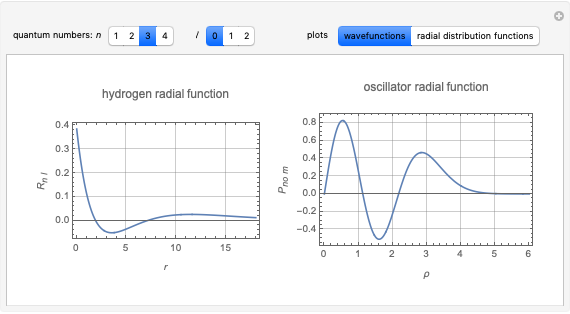
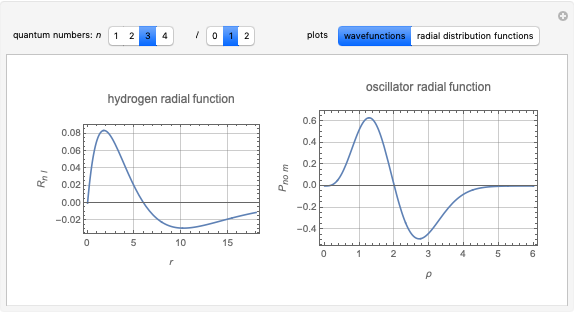
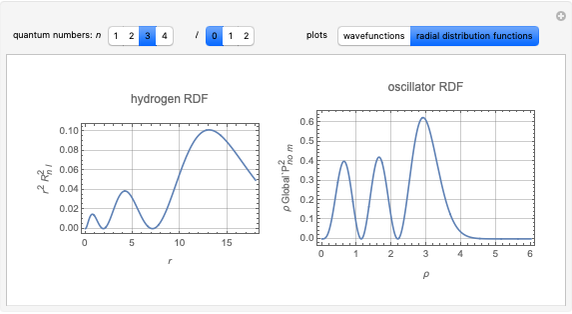
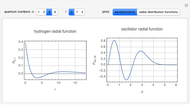
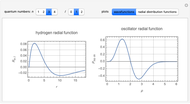
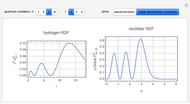
No comments:
Post a Comment